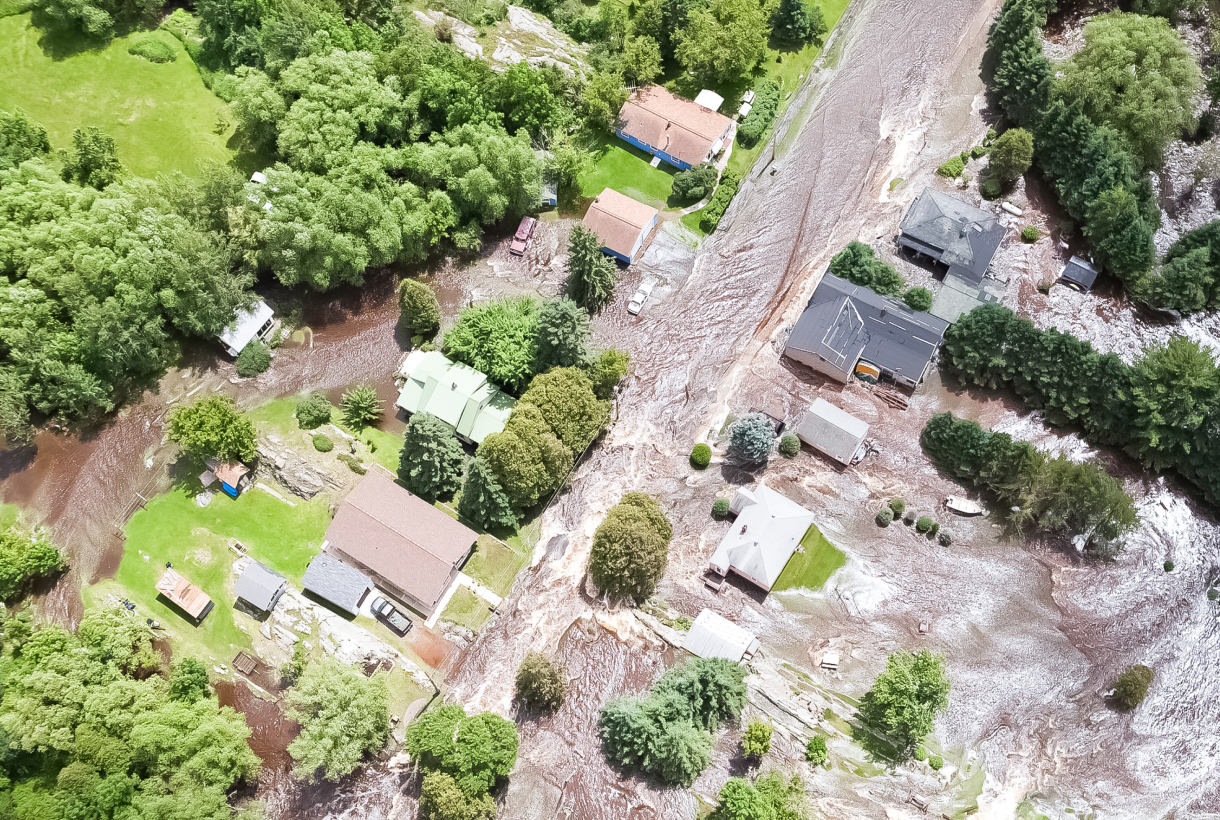Business continuity and security professionals are faced with the challenge of figuring out how they can adapt and respond to an increasingly complex physical threat landscape. Up to 10 physical threats can occur every minute, and some are growing at an alarming rate, according to the 2023 OnSolve Global Risk Impact Report.
Some of the top rising physical threats between 2021 and 2022 outlined in the Report, like blizzards, power outages and road closures, are bound to happen and they aren't preventable. To mitigate the business impact, the focus needs to shift from prevention to discovery and ultimately recovery – which requires agility and resilience.
When a physical threat occurs, there are three disciplines (or phases) of the recovery process:
- Identifying and understanding the event.
- Assessing the impact on your operations and assets to determine the right course of action.
- Communicating with impacted individuals and conducting the necessary post-event follow-ups.
What if you could shorten this recovery process? Well, you can. You just need to accelerate discovery to accelerate recovery.
If we look at a physical event as something that happens over time and has a direct business impact - be it loss of revenue, profitability or market share – it’s easy to see how shortening the time spent in each discipline of recovery limits the impact on the business. Here’s a closer look at the connection between response timelines and business impact.
During a recent webinar, Chris Hurst, Vice President of Value Engineering, explained the framework for accelerating threat discovery for a faster recovery to mitigate the impact of a crisis on business operations.
The big question is how can you accomplish this? The answer is predictable, repeatable, scalable systems that mitigate risks to your people, operations and bottom line by accelerating the discovery of and recovery from uncontrollable threats to your business.
It requires a framework built upon the right people, processes and technology. The foundation of this framework is a unified platform for critical event management that makes it possible to identify potential threats more quickly and respond to them rapidly through:
- AI-powered Risk Intelligence, which continuously scans tens of thousands of analyst-vetted global data sources for fast and accurate identification of threats to your organization and operations.
- Adaptable Incident Management, so you can quickly activate crisis response plans for consistent performance and post-event analysis for continued improvement.
- Seamless Critical Communications, so you can inform and protect impacted individuals with time-sensitive, geo-targeted alerts.
Ready to rev your recovery engines? View the full Adapting for Resilience: Understanding Developing Trends in Physical Threats and the Ripple Effects of Risk webinar or schedule a demo to see how you can accelerate discovery to accelerate recovery.


